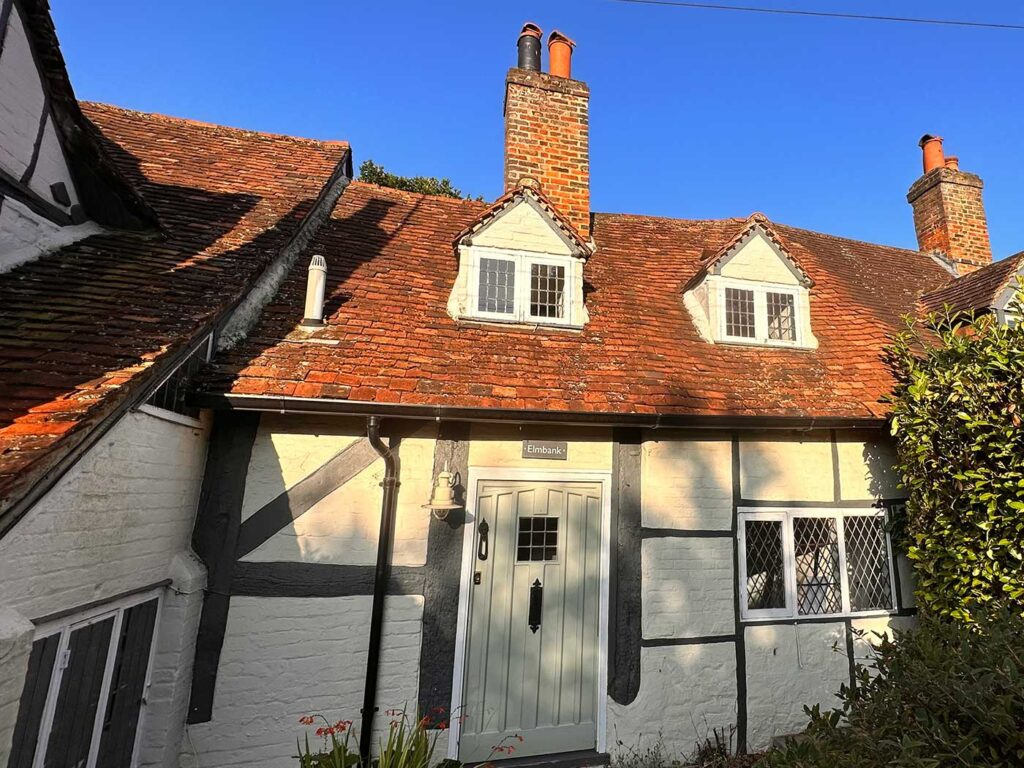When strolling through a neighbourhood, one of the things that stands out the most is the buildings. While modern buildings are often highly functional and packed with amenities, nothing captures the imagination like something built many years ago which still holds onto the style and charm of the past.
This is where the magic of building conservation can really shine.
This is a practice that breathes life back into our architectural heritage, transforming structures to provide modern functionality without losing any of the history.
Here at Eternity Conservation & Build, we have worked on many older buildings, conserving them and providing a new lease of life.
In this blog, we’ll look into this process, exploring its impact on local communities and why it matters now more than ever.
Building conservation is an art dedicated to preserving buildings of historical, architectural, and cultural significance.
It’s about maintaining the integrity of these structures and allowing them to continue telling their stories while adapting to contemporary needs.
Unlike restoration, which aims to return a building to a specific time period, conservation focuses on safeguarding the future by honouring the past.
The reasons behind conserving a building vary, from its historical importance to its architectural uniqueness or its role in the community’s cultural fabric.
The conservation process often involves meticulous planning, from assessing the building’s condition to executing the conservation work, ensuring that every step respects the original structure’s essence.
This is not any normal construction job, and many things have to be taken into consideration, including the surrounding community.
These are not just buildings, but relics of the past, and many are often seen as cornerstones of a town or village, so every caution has to be taken to retain what makes them so special.

One of the most tangible benefits of building conservation is its positive impact on the economy.
Conservation projects create jobs, from skilled labour positions to roles in project management and research.
These initiatives also foster skill development, offering on-the-job training in traditional crafts that might otherwise fade into obscurity.
Our team love to work with local teams to gain an insight into why these buildings are so important, and these insights can often lead to a change in approach as we learn more about the community.
Furthermore, conserved buildings often become focal points for tourism, drawing visitors eager to explore a piece of history.
This influx of tourists benefits local businesses and can lead to the growth of new enterprises, boosting the local economy.
All of these factors lead to increased awareness and appreciation for a certain location, and this can enhance property values, making it a win-win for both the community and property owners.
Building conservation does more than just preserve bricks and mortar.
These projects can strengthen community identity and pride, making locals feel more connected to their hometown’s history and cultural heritage.
Educational opportunities abound, from formal programs in schools to informal learning experiences for visitors and residents alike.
Once the project is done, more and more people can safely make the most of these buildings, whether it is going for tours or simply wandering by them and taking them in.
Conservation projects can also serve as catalysts for social cohesion, providing a common goal that unites communities.
Whether it’s through volunteer opportunities or community meetings, these projects encourage people to work together, fostering a sense of belonging and collective ownership over their shared heritage.

In today’s world, where sustainability is increasingly crucial, building conservation offers an eco-friendly alternative to new construction.
By preserving existing structures, we reduce the need for new materials, minimising waste and conserving resources.
However, one of the challenges lies in enhancing the energy efficiency of historic buildings without compromising their integrity—a challenge that many conservationists, such as our team at Eternity CB, are tackling with innovative solutions.
Many older buildings which are still in use are not energy efficient, so if we can transform them and provide capabilities far beyond what was possible when they were initially built, then it will save a lot on energy usage.
Additionally, conservation projects can contribute to urban green spaces, either by integrating these spaces into the conservation plans or by preserving buildings that provide essential green cover in densely populated areas.
Conserving historic buildings is not without its challenges.
Balancing the need for modern amenities with the desire to preserve a building’s historical integrity often requires creative solutions.
Funding is another significant hurdle, as conservation projects can be costly and funding sources limited.
Community involvement is crucial, yet it can also lead to conflicts, especially when there are differing opinions on a building’s future.
Navigating these waters requires open dialogue and a commitment to finding solutions that honour both the community’s needs and the building’s heritage. It is always worth speaking with the local community and sharing plans. This way, there should be minimal disruption as the project progresses.
Building conservation is more than just preserving old structures; it’s about maintaining the heartbeat of our communities, fostering economic growth, and promoting sustainability.
By supporting these initiatives, we ensure that our historical, architectural, and cultural heritage continues to enrich our lives and those of future generations.
Here at Eternity CB, we are proud to play our part in the conservation of buildings, and our experienced team are always ready to tackle new campaigns and can ensure a professional job is always done.
If you would like to discuss a project, whether it be a listed building or a new build, or you simply want to know more, then get in touch today.